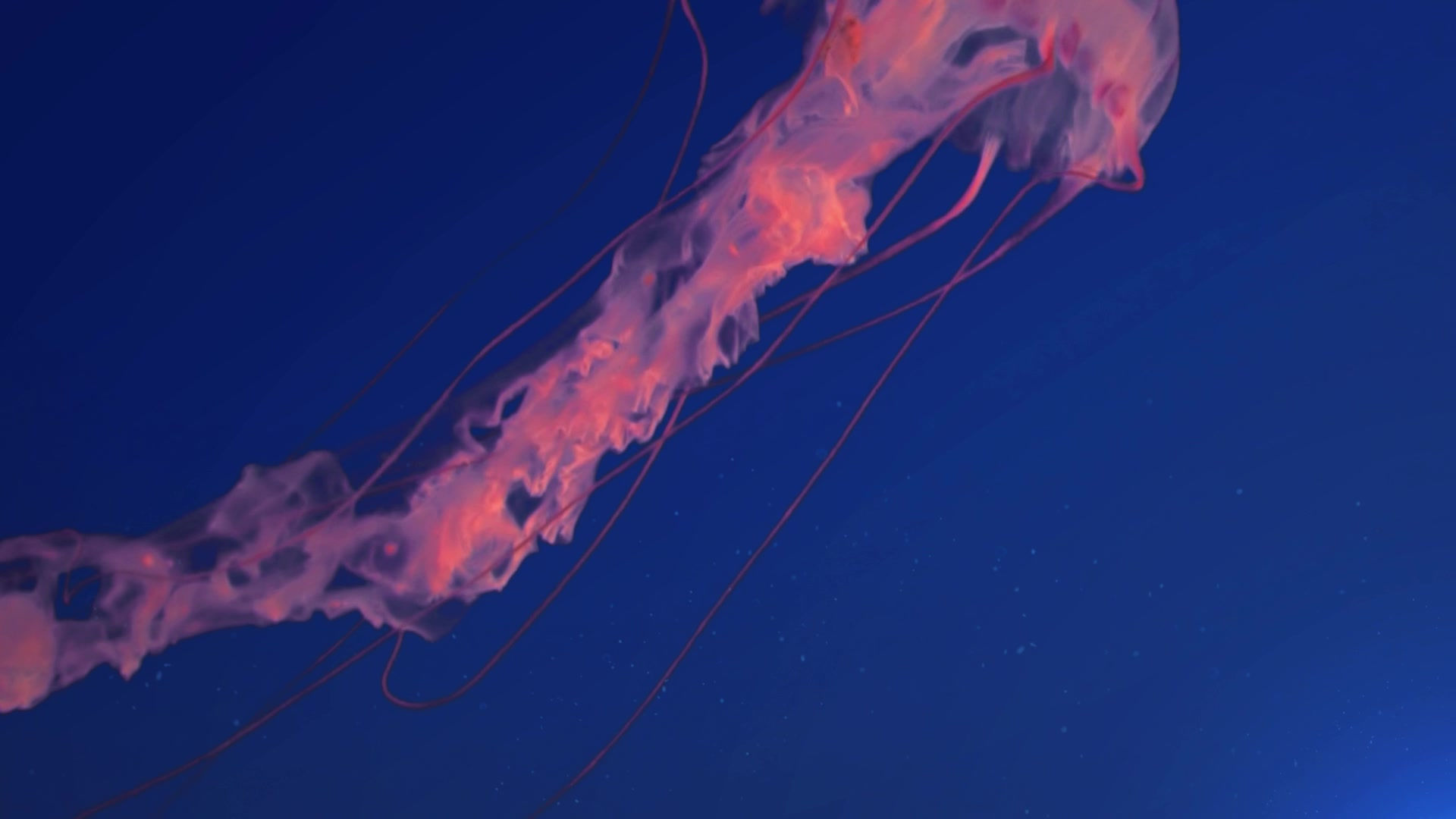
SC.912.L.15.8 Origin of Life
-
You need to know the scientific explanations of the origin of life on Earth.
TUTORIALS
Earliest Beginnings
Scientists think that the path to the development of living things began when molecules of nonliving matter reacted chemically during the first billion years of Earth history. These chemical reactions produced many different simple, organic molecules.
Energized by the sun and volcanic heat, these simple, organic molecules formed more-complex molecules that eventually became the building blocks of the first cells.
Inorganic compounds present in early earth energized by the sun chemically reacted an produced organic compounds like amino acids, fatty acids needed for life
Primordial Soup Model
In the 1920s Oparin and Haldane suggested that the early Earth oceans contained large amounts of organic molecules. They hypothesized that these molecules formed spontaneously in chemical reactions activated by energy from solar radiation, volcanic eruptions, and lightning.
In 1953, the primordial soup model was tested by Stanley Miller and Harold Urey.
Bubble Model
In 1986, the geophysicist Louis Lerman suggested that the processes that formed the chemicals needed for life took place within bubbles beneath the ocean's surface.
During chemical evolution, organic molecules were synthesized from inorganic compounds present in earth early atmosphere. All living things are made from organic molecules, so the presence of these molecules is required for life to exist.
The Miller-Urey theory is widely accepted today because the process of synthesizing organic molecules from a mixture of gases has been successfully modeled in the laboratory. The Miller-Urey experiments have been tested many times in the laboratory and organic molecules have continued to be successfully formed from mixtures of gases.
The endosymbiotic theory states that mitochondria and chloroplast were once primitive bacterial cells that were absorbed by a host cell.
This theory proposes that eukaryotic cells arose from living communities formed by the merging of prokaryotic organisms and their hosts. Free-living bacteria were engulfed, or taken in, by other prokaryotes. They formed a symbiotic relationship in which each organism benefits from the other
Evidence to support the endosymbiotic theory:
· Mitochondria and chloroplasts are about the same size of bacteria
· Mitochondria and chloroplasts contain circular DNA similar to bacterial DNA
· Mitochondria and chloroplasts contain ribosome to make proteins
· Mitochondria and chloroplast reproduce by dividing in two a process called fission, like prokaryotes
Prokaryotic and anaerobic organisms developed first due to the early environmental conditions on Earth. Prokaryotic organisms are single-celled and would have evolved first. Since atmospheric oxygen was not initially present on Earth, the ability to use anaerobic respiration to produce energy would have been necessary for the first living organisms.




